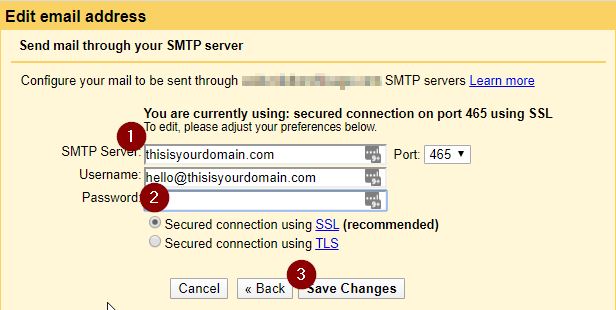
Kubernetes Objects (Pods, Handlers, Workloads, Controllers, Services, Volumes) Kubernetes Architecture (Components, States, Nodes, Interactions) It covers all of these important topics with examples so that when you finish this course, you can use and appreciate containers as well as we do! No, I mean LITERALLY from the start (Origin! It,s an interesting story). This course explains Kubernetes from the start. It covers both Kubernetes and Docker Swarm and makes sure that you are confident and capable to make your call when the time comes!Įven though a container orchestrator is nothing without containers themselves, Kubernetes seems to be the biggest breakthrough in the world of DevOps. This course is a one-stop answer for all of these questions. You're not scared but a little push will help you a lot! What to do? You are a pro-on-premise Kubernetes expert but your next project happens to be hosted on a public cloud platform like GCP or Azure. On top of that, you don't have time or manpower to keep your number of web-server replicas in-check. You don't want to have idle containers chilling around your nodes and not serving even 10% of their capacity but you also want to make sure that your customers don't hit 404 when traffic is at its peak. And you gotta make sure that it only hosts containers which demand SSD explicitly. You want to deploy 4 nodes on your cluster but can only afford to have one SSD node. Similarly, With Great amount of containers, comes a greater amount of orchestration! "With Great Power, Comes Great Responsibility" The Orchestration Journey with Swarm and Kubernetes:

Once you have learned all of this, you will be craving to know what else can you do with containers and how you can take your containerization skills to the next stage! Your containerization will become more reliable and will start serving its true purpose.ĭocker Compose will combine all of the learning and take it to the next level with inter-dependent multi-container applications. Once you are fairly familiar with containers, Docker Networks and Volumes will open a whole new world of opportunities.
#Kitematic ip doesnt match portable
So adapting it is a piece of cake!ĭocker images and Containers are the most portable and reliable way to ship your micro-service or web application without worrying about questions like "will it work on his infrastructure?" That's because it is probably the simplest yet efficient way to perform app building from scratch.ĭocker CLI is intuitive and is inspired by your friendly Linux CLI.

You can only love technology if you know how it works, and that's exactly why you will be learning Docker architecture and how its Components work.Īt first glance, Dockerfile might seem like just another file describing app specifications. It has literally become synonymous to containers! Following topics covered under this course will solidify the logical base of this statement. The Containerization Journey with Docker:Ĭalling Docker the most widely used containerization platform would be an understatement. All you need is very basic knowledge of Linux fundamentals like files and processes along with a bit of Linux command line. This Course takes you on a wonderful journey of learning Containers using key components of Docker and Kubernetes. like Docker.Ī strong tool to Control/Manage/Orchestrate your containers. All of this has undoubtedly led to an enormous demand for professionals with Containerization skills.Ī platform to Create, Run and Ship Containers.

They are the prime reason why micro and small enterprises are migrating to Cloud.
#Kitematic ip doesnt match full
Getting started with Cloud Run and running your 1st container service on Cloud Run.Ĭontainers are like that smart chef who can feed a whole family with just a bowl full of rice, and that's not an exaggeration at all! Containers are empowering businesses to scale fearlessly and manage their web apps hassle-free.Introduction to Serverless Container Platforms.


 0 kommentar(er)
0 kommentar(er)
